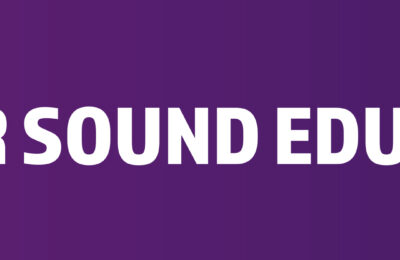Welcome to SEJ Digital May 2023
Looking Ahead
With the long-running Pay Attention campaign, which consumed so much time and energy for everyone involved, now behind us, the focus of the EIS main body can now move onto other issues. With the institute’s sovereign decision-making body, the Annual General Meeting, set to meet shortly in Aviemore, the EIS will be setting its priorities for the year ahead.
While the issue of teacher pay is settled for the current year, there are many other issues requiring to be addressed. The pay dispute was a symptom of the chronic under-funding of education over many years, something that still must be addressed to ensure a bright future for Scottish education.
Commitments to employ more staff and to reduce class-contact time have stalled, with serious implications for schools, teachers and pupils. No action has been taken to reduce class sizes, while the growth in the number of pupils with an identified additional support need has not been matched by any increase in the number of specialist staff available to offer support.
All of these issues require to be tackled, and they all require additional investment from government and local authorities if they are to be properly addressed. The results of the recent national EIS member survey, published last month and profiled in this edition of the SEJ, laid bare the extent to which Scotland’s teachers are propping up the Scottish education system.
From hours of additional unpaid work, to voluntary running of extra-curricular activities, to spending their own money for resources for classes and food for pupils…Scotland’s teachers have been under-writing the Scottish education system for many years.
This situation is not sustainable. The cost of living crisis, largely the result of the Westminster government’s mismanagement of the UK economy, continues to have a profound impact on public services and on the living standards of public sector employees. In the context of persistent high inflation, soaring food and fuel prices, and continuing increases in mortgage and home rental costs, teachers are simply no longer in a position to continue to cover the gaps created by under-investment in the education system.
And it is not just in our schools where these challenges remain. The financial squeeze continues to impact on the funding of Further and Higher Education too. Core funding for learning and teaching in F&HE continues to be under threat, while pay disputes in both sectors continue to roll on as lecturers fight for a fair pay settlement that reflects both the value of their work and the realities of the cost of living crisis.
Jobs are under threat too, particularly in the Further Education sector where questions over poor management and governance and a lack of financial transparency continue to compound the challenges that the sector currently faces.
And in the independent sector, where industrial disputes are extremely rare occurrences, we have seen the result of the shameful actions of the management at Hutchesons’ Grammar School in Glasgow. A sham consultation process, the deployment of ‘fire and rehire’ tactics to force teachers onto inferior pensions, and a belligerent refusal to engage with staff through trade unions to address legitimate concerns have led to the first programme of strike action in the school’s long history – also, as far as we
can tell, the first such strike action in any independent school in Scotland.
These are not easy times for Scottish education, its teaching professionals and its students. It is not so very long ago that the Scottish Government proudly proclaimed Scottish education as its number one priority. Sadly, that commitment has not been matched by action in terms of investment in our education
system.
The EIS will continue to work collectively to keep the pressure on politicians to live up to their words and to honour their commitments. Scottish education deserves nothing less.

































